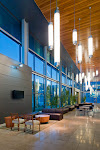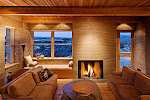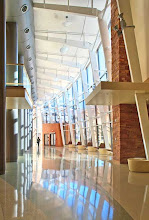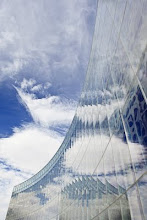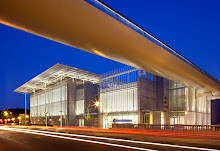
Craig Childs luminous 2007 book "House of Rain", about the Anasazi ruins and landscape of the Southwest, is a recent favorite of mine. I have savored this reading experience, reading it in small bites over a course of months. It is not about architecture per se or photography at all, but for me it sets the stage for much of my personal photography, like a quite church for prayer-reminding me of where I have roamed and where I wish to go. In prose that oftentimes resonates like poetry, Childs' vivid experiences, walking the ancient Anasazi trails of the Southwest, remind me of the many miles I have lugged a 4x5 to remote ruins in hopes of finding the fine light. It also reminds me of my successes and failures in that quest and of the richness of the experience regardless. But Childs' is a wanderer of biblical proportions seeking the promised land of his inquiry across the desert Southwest (for example Childs walked the Great North Road out of Chaco Canyon all the way to the ruins in Aztec NM. That's lmost 50 miles across the desert! I feel like I have walked many miles of various Chaco roads, but pathetically I doubt it adds up to less than 15 miles in total).
Slightly on the fringe (or leading edge?) of Southwestern archeology like Steve Lekson (The Chaco Meridian), Childs presents some fresh and controversial ideas about large scale migrations of the Anasazi and their descendants from New Mexico to Utah, south into Arizona and finally into Mexico. It is a sweeping tale on a continental scale, well researched and investigated and told in a lively experiential style,
Childs is one of those naturalist writers, like the late Loren Eiseley, whose sense of place transports me in space and time. His descriptions of regions like Comb Ridge Utah make me simply want to load film, jump in my car and roam. I have not been so moved photographically by a book in in a very long time.
Don't buy this book if you are looking for locations of great sites. They are only described in the vaguest of terms. But if you have spent much of your life, as I have, stalking these haunted places. This book memorably captures the spirit of that quest.
See: HOUSE OF RAIN
In addition I can recommend his "The Secret Life of Water". Together both books are a visionary tour de force about the SW landscape.



